Current trends in infant mortality are alarming. About 52 million children under 5 years of age are going to die between 2019 and 2030, half of whom will be newborns, unless governments take action to end preventable deaths. According to estimates, almost 80% of these deaths will occur in the countries of sub-Saharan Africa and Southern Asia. Fragile contexts make it more difficult to accelerate progress and meet the SDG goals on infant mortality by 2030.
The total number of deaths among children and young adolescents under 15 years of age has reduced by 56% since 1990. However, despite the tremendous progress achieved, 6.2 million children under the age of 15 died in 2018, mostly from preventable causes and the risk of dying is much higher for children under 5 years old. The leading causes of these deaths are infectious diseases such as pneumonia, diarrhea and malaria while injuries register a prominent death rate among children aged between 5 and 15 years old. Malnourished children’s chances of survival are dramatically lower.
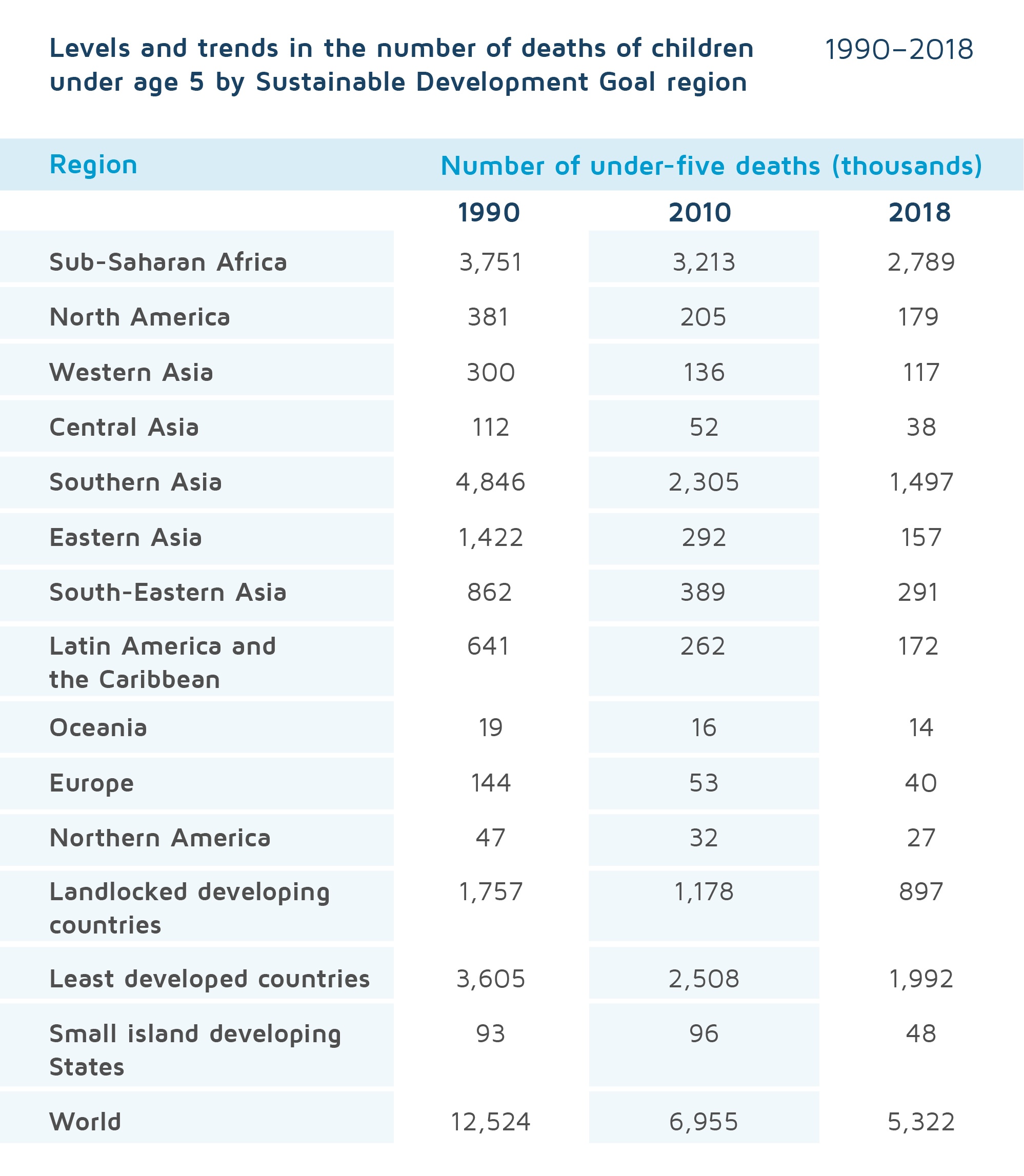
Data shows that 121 of 195 countries have already reached the United Nation Sustainable Development Goals’ (UN SDG) target on under-five mortality while, on current trends, another 21 will achieve the indicators on time. However, more than 50 other countries have to make quicker progress with 28 of these needing to more than double their current rate in order to meet the target. As an estimate, 11 million children under the age of 5 could be saved if every country reached the SDG survival targets by 2030.
While 73% of the total number of countries have reached the SDG target on under-five mortality or will do it on time, more than 60 countries are at risk of missing the SDG target on neonatal mortality by 2030.
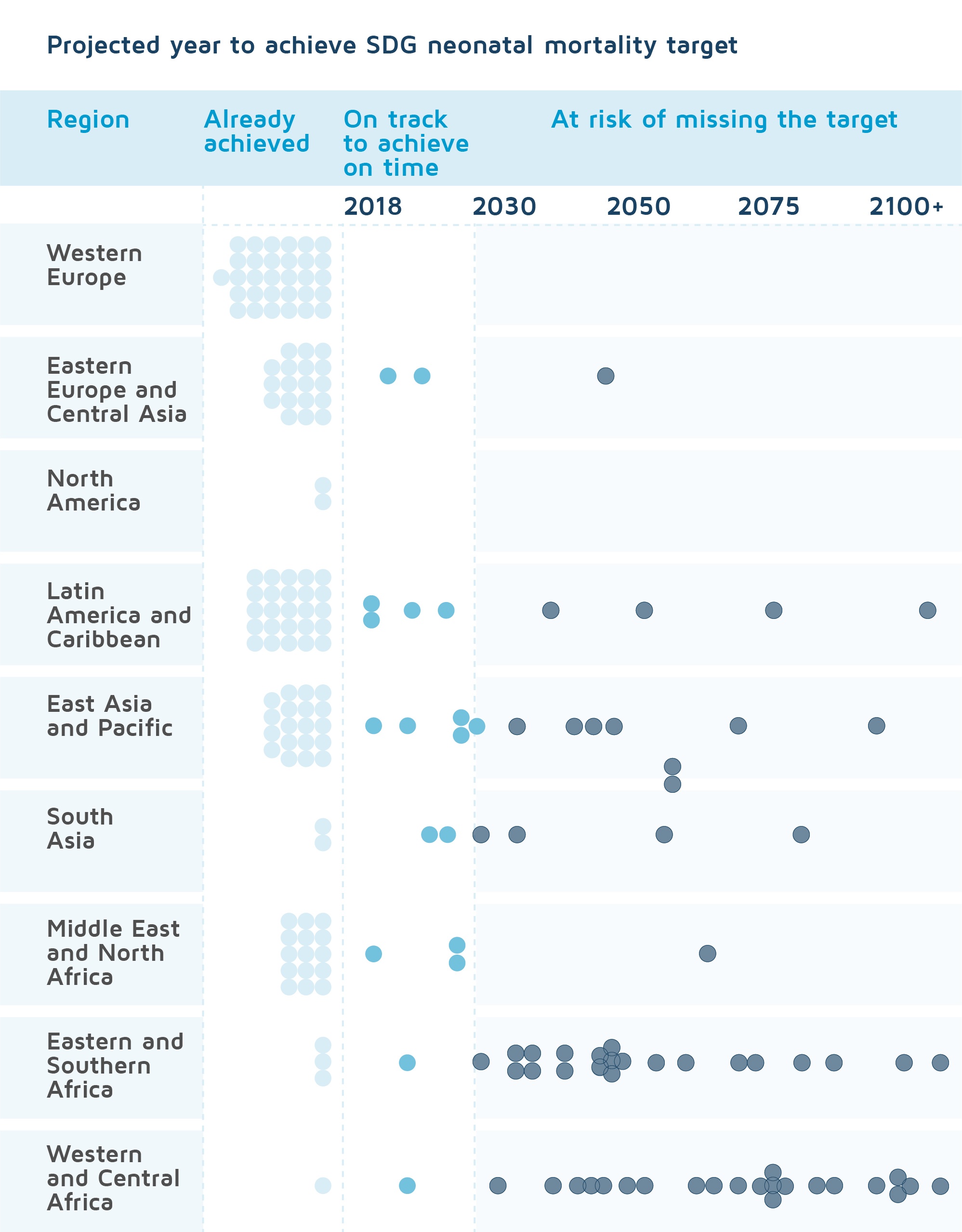
Experts have set an ambitious agenda for the safeguarding of children, adolescents and women who could die from preventable causes related to pregnancy and childbirth. According to the latest information provided by the World Health Organization, more than 800 maternal deaths occur daily with 94% of these being registered in low and lower middle-income countries. Sub-Saharan Africa heads the list, accounting for two-thirds of the global total number of maternal deaths.
The Global Strategy has set a target maternal morbidity rate of less than 70 per 100,000 live births by 2030. As is the case with children and adolescents, most maternal deaths are preventable or treatable.
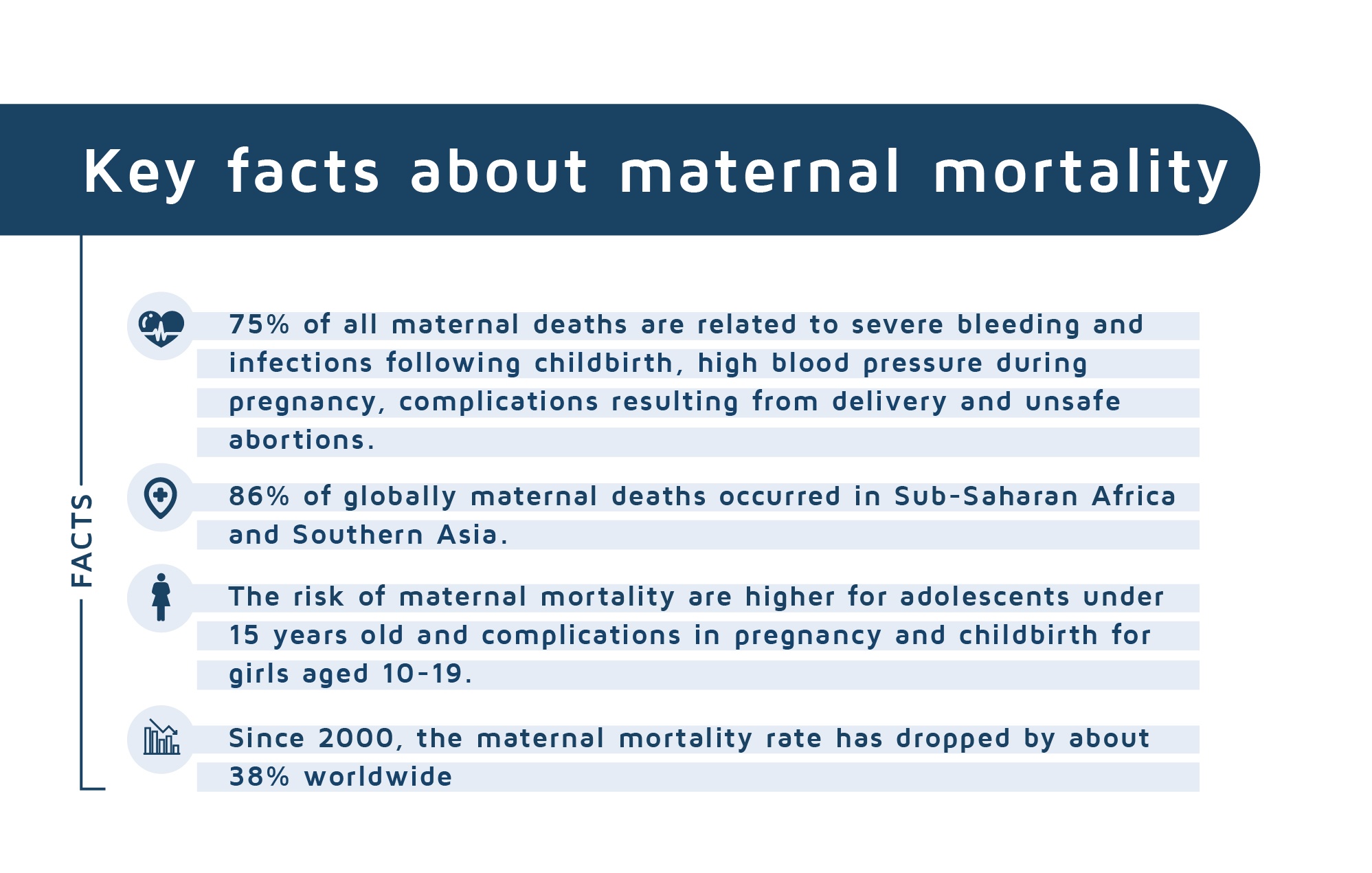
Medical care in low-income countries can be defined by limited human resources and infrastructure, inadequate long-term planning and a lack of emergency intervention and sustainable financing. Success in facing the challenges regarding child and women survival rates relies on the development of heath care system.
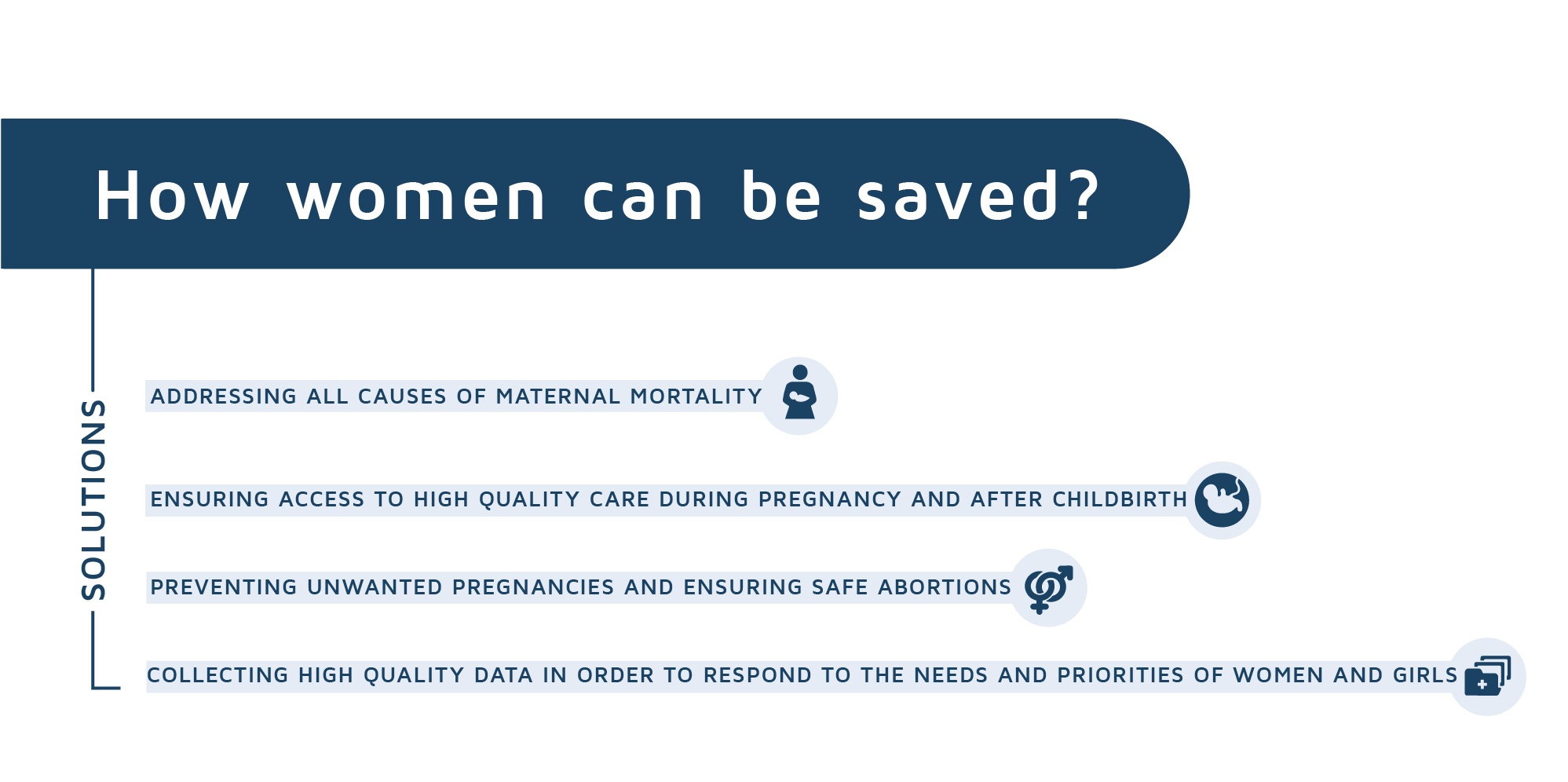
Investing in health systems is key to reducing high rates of morbidity. According to the Organization for Economic Cooperation and Development (OECD), the share of global ODA directed to heatlh in 2018 was 8,6%, which means a total of USD 10.5 billion.
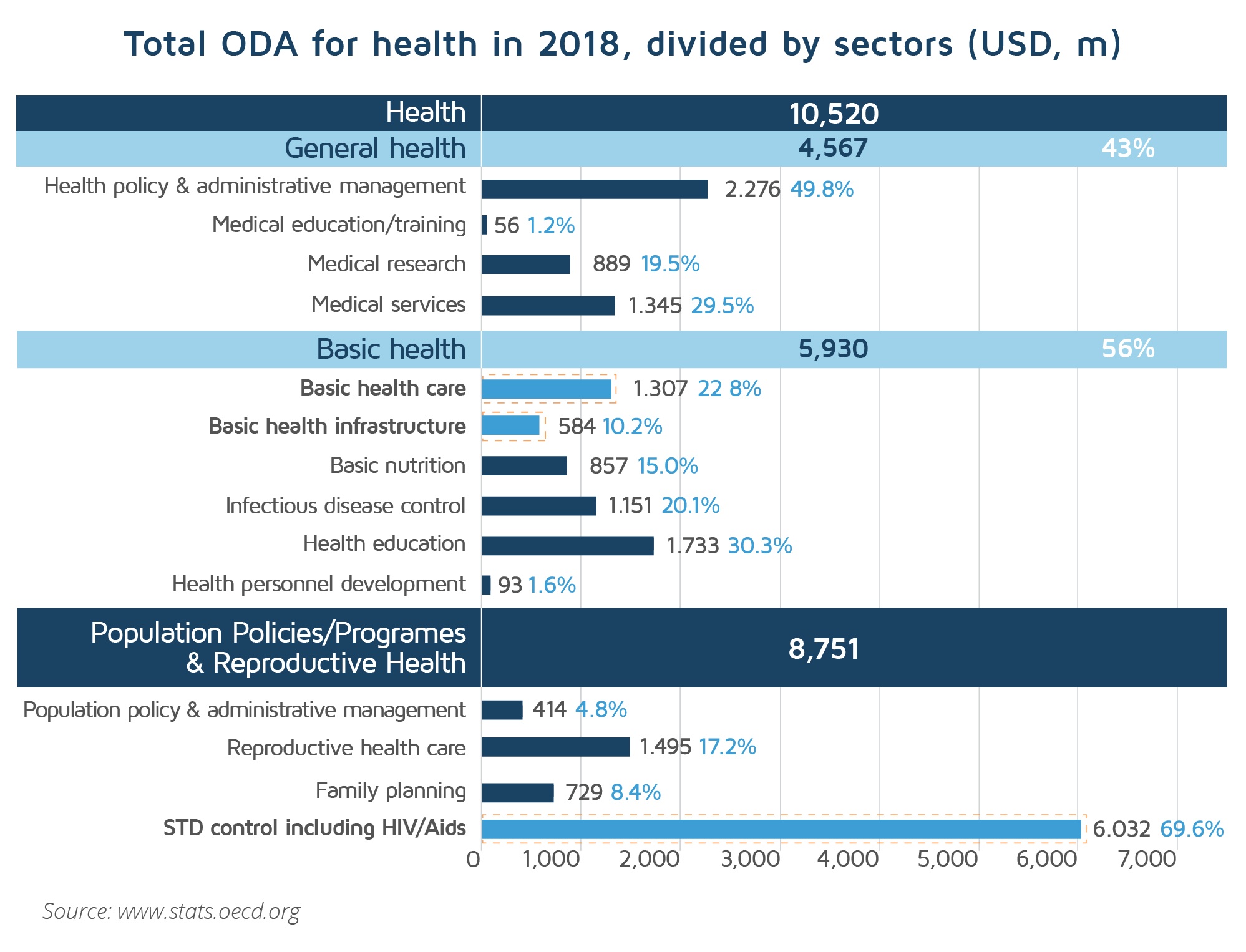
Various projects that are designed to avert child and maternal mortality can be found on DevelopmentAid. Organizations that focus on accelerating progress in this sector can gain access to those 37 grants and 34 tenders by becoming a DevelopmentAid member. Subscribe to DevelopmentAid news and track the improvements.


